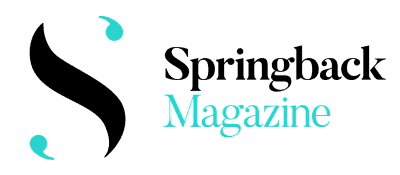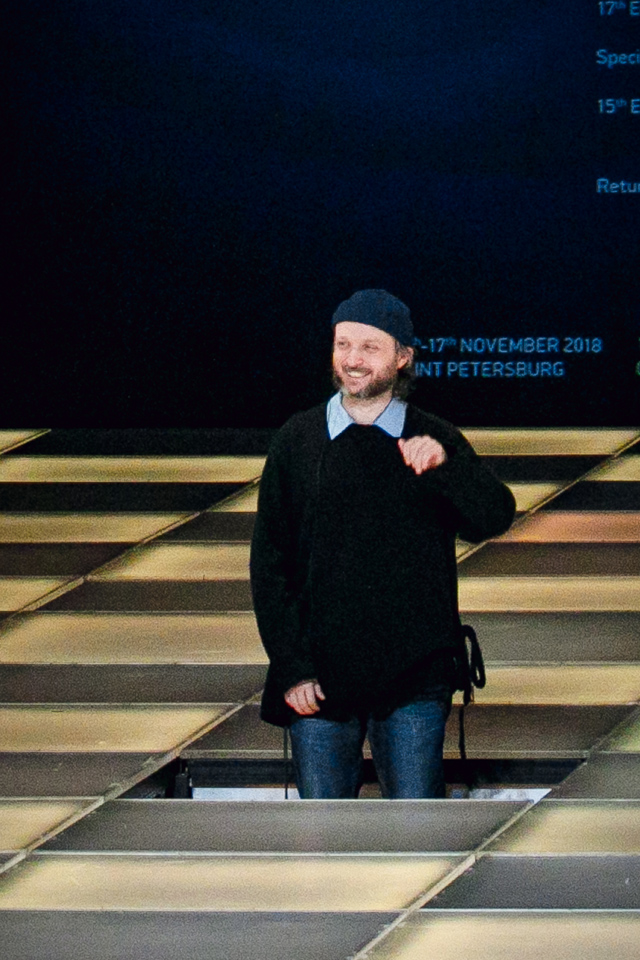This is an adapted text of the speech given by Springback editor Sanjoy Roy on the presentation of the New Theatrical Realities Award for the Europe Theatre Prize to Sidi Larbi Cherkaoui, St Petersburg, November 2018.
Polyphony as a compositional mode
Sidi Larbi Cherkaoui has a long-standing interest in and love of polyphonic vocal music. In his early piece D’Avant (2002), it was a shared love of this music that brought the four performers together. Since then, he has frequently worked with the Corsican vocal group A Filetta, for whom this style is a hallmark.
Here, I’d like to use the idea of musical polyphony to illuminate Cherkaoui’s choreographic work.
The word polyphony literally means ‘many voices’, though it can be applied to instrumental as well as vocal music. It combines voices of different registers and tones to create a composition where the whole is greater than the parts, yet each part is both distinct and essential. It implies many different voices. You can contrast it with a more familiar compositional style called monody, where there is a principal voice to which other voices serve as accompaniment or support. Different again is homophony, where all the voices are essentially singing the same tune or harmonies, for example in a choral chant.
I like the analogy of ‘voice’ in dance because it invokes a live, human presence that can be communicative in a non-verbal way. Extending that analogy, we could ask: what kinds of choreographic composition might correspond to these vocal ones? For monody, we might think of a characteristic classical ballet composition: principal dancers with accompanying corps. Examples of homophonic choreography might include the 1930s film musicals of Busby Berkeley, where the dancers form mass ornaments; or the synchronised displays you see in Olympic ceremonies; or a chorus line of show dancers.
Here, I would like to look at Cherkaoui’s work as a kind of polyphonic choreography: dancing with many voices. I mean this in a number of different ways.










